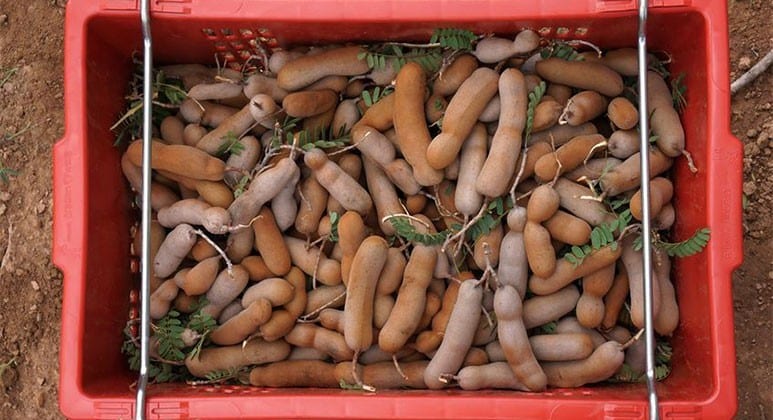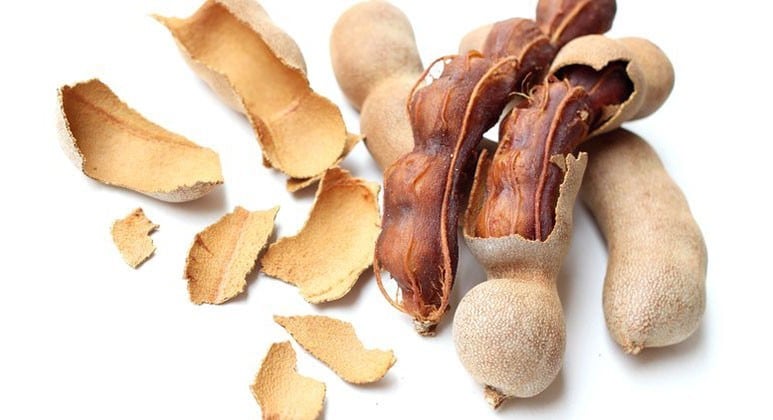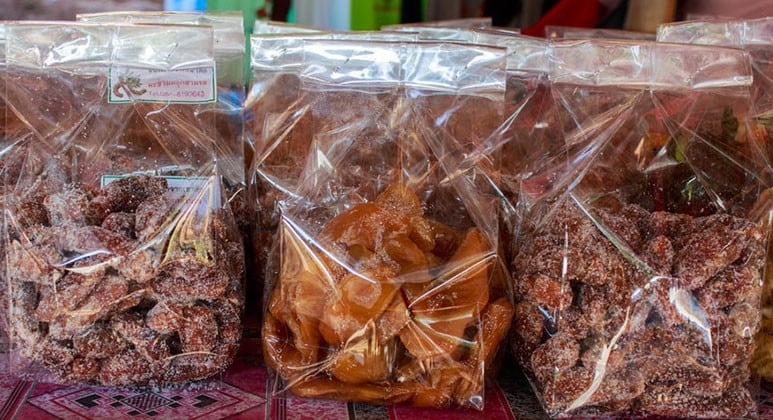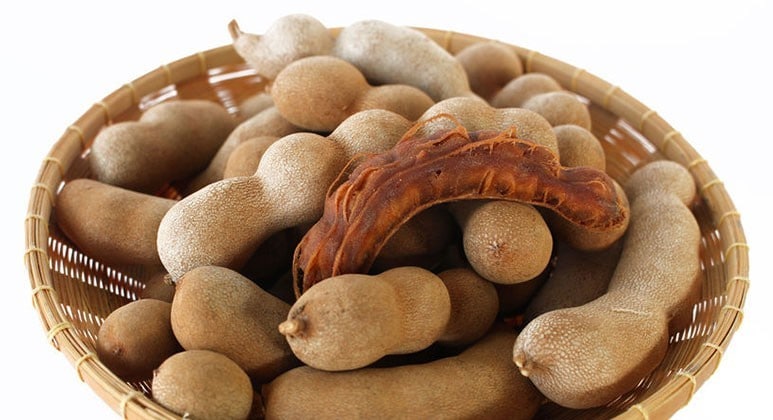Sampaloc Fruit 101: Getting to Know This Unique Ingredient
Here are some interesting facts about the Sampaloc fruit that will change the way you look at this ingredient!
Many chefs and home cooks are familiar with the sampaloc fruit, a tasty ingredient used in various sauces and dishes. In Filipino cooking, it finds its way into sinigang, sinampalukang manok, and pinangat na isda as the primary souring agent. You can source it anywhere, from street-side vendors to supermarkets – some even grow sampaloc trees in their backyards.
But despite this unique fruit’s popularity, how much do you know about it? Are you familiar with ways you can maximize it in your professional kitchen? Here, learn sampaloc benefits you can share with your customers.
Sampaloc Fruit: The Basics
Sampaloc is a dark-colored fruit that grows in oval pods, about two to six inches long and an inch wide. Its outer shell is thin and brittle, encasing a juicy and mushy pulp with several thin seeds. The sampaloc fruit hails from tropical Africa, eventually reaching the Indian subcontinent and other Asian countries through human migration. In the Philippines, historical documents show that tamarind was already part of the local diet even before the arrival of Spanish colonizers. It was from here that Spaniards took saplings and brought the fruit to Mexico.
Today, the fruit’s natural sour taste contributes to its universal appeal and versatility. Tamarind is a common ingredient in many Thai, Indian, and Western recipes. Pad thai, lamb curry, satay, and chili crab are some dishes that benefit from sampaloc’s flavor profile. Some use it in beverages, like in the tamarindo of Latin America and nuoc da me from Vietnam. You can also find the fruit in various commercial formats. Tamarind paste is one of the most common, but it also comes in sauces, powders, blocks, juices, and preserves. Locally, you can get sampaloc candy in sweet or spicy flavors.
Harvesting and Processing Sampaloc

Did you know that harvesting tamarind requires more effort than other common fruits, like apples and bananas? Learn about the process of picking sampaloc from trees and transforming them into tasty treats.
Harvesting

There are two ways to harvest tamarind from the tree. First, you can manually pick them once they’re ripe. The second way is to wait for them to fall naturally. Unripe fruits can be left on the ground until they’re mature and ready for collection. After harvesting, the sampaloc goes through grading and sorting.
Preparation

Next, handlers peel the skin off to reveal the pulp and seeds. These go through another round of sorting and classification based on the intended output, whether candy, paste, or sauce. Follow these steps if you want to process the fruit in your professional kitchen.
Filipino tamarind candy recipe
- Dry tamarind pulp under the sun for up to seven days.
- Transfer pulp to a pot. Add water and bring to a boil until the tamarind is tender.
- Separate pulp from the softened paste and juice.
- Coat tamarind in sugar, then dry in a 160° to 210°F (70° to 100°C) oven.
- Wrap tamarind candy and pack it for sale to retailers, hotels, and F&B establishments.
Tamarind paste recipe
- Soak pulp in water until soft, about 20 minutes.
- Mash pulp, then discard water.
- Press tamarind mixture through a sieve.
- Stir mixture to form a thick tamarind paste.
- Transfer tamarind paste to a sterilized container. Use in your restaurant or sell to other establishments.
Tamarind sauce recipe
- Break up pulp, then soak in hot water for 20 minutes.
- Drain tamarind mixture into another container.
- Add brown sugar, ginger, powder, cumin, garam masala, and other flavorings.
- Simmer mixture until slightly thick.
- Transfer tamarind sauce to a sterilized container. Use in your restaurant or sell to other establishments.
10 Sampaloc Fruit Facts

Do you want to learn more about the ingredient you’re working with? Here are facts about this versatile fruit:
- Tamarind comes from the Arabic term “tamar hindi,” meaning “Indian date."
- India is the largest producer of sampaloc. The country supplies approximately 300,000 tons of the ingredient annually. Thailand and Mexico rank next.
- Tamarind comes in sweet and sour varieties, but the latter is more in demand, comprising up to 95% of the world’s total production.
- A sampaloc tree has a life span of 10 to 15 years. It produces between 50 to 100 kg of fruit throughout its life.
- The lumber from tamarind trees is suitable for making furniture and specialty wood items.
- In some Asian cities, locals use tamarind pulp to polish brass lamps and statues, copper ornaments, and bronze items.
- Want a surprising tamarind health benefit? In Southeast Asia, the fruit serves as a traditional fever remedy.
- Some cultures use a thick tamarind paste as a substitute for a cast to heal broken bones.
- In some traditions, the tamarind extract doubles as eye drops to lubricate dry eyes.
- In some parts of Ghana, tribes use tamarind pulp as a pickling agent to make poisonous yams safe to eat.
Now that you know more about the sampaloc fruit, you can maximize its potential for your food business. Introduce it to your menu, market its benefits, or start selling tamarind products to boost sales. Tamarind is a fruit that keeps on giving!
For more ideas and inspiration, download our Free Knorr Professional Healthy Cookbook to get the latest tips on and inspiration for nutritious dishes to add in your food business!
Related Articles
What you'll get:
- Access to free Chef trainings
- The best recipes and tips from Chefs around the world
- The latest culinary trends
